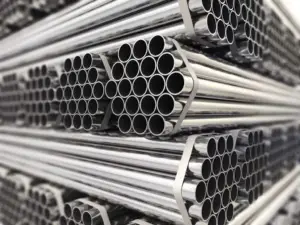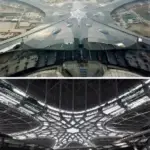The Shanghai Tower, soaring to 632 meters with 128 floors, stands as a testament to modern engineering and China’s rapid economic ascent. As the world’s third-tallest building, it redefines Shanghai’s skyline and exemplifies innovative architectural design.

Architectural Design and Engineering
Designed by the international firm Gensler, with Shanghainese architect Jun Xia leading the project, the Shanghai Tower features a distinctive spiral shape that completes a 120° twist as it ascends. This design not only imparts a futuristic aesthetic but also serves a functional purpose: reducing wind loads by 24%, which in turn decreases the amount of construction materials required. This efficiency led to a savings of approximately US$58 million in material costs.
The tower’s structure comprises nine cylindrical buildings stacked atop each other, all enclosed within a double-layered glass façade. Between these layers are nine indoor atriums, each housing gardens, cafés, restaurants, and retail spaces, offering panoramic views of the city and creating communal spaces for occupants and visitors.
Sustainability Features
Emphasizing sustainability, the Shanghai Tower incorporates numerous green technologies. The double-layered insulating glass façade reduces the need for indoor air conditioning, enhancing energy efficiency. Rainwater collection systems are employed for internal use, and a portion of wastewater is recycled. Additionally, 270 vertical-axis wind turbines integrated near the top of the tower generate up to 350,000 kWh of supplementary electricity annually, accounting for approximately 10% of the building’s energy needs.
Advanced Vertical Transportation
The tower boasts an advanced vertical transportation system designed by Edgett Williams Consulting Group. This includes double-deck shuttle elevators serving sky lobbies and ultra-high-speed elevators reaching speeds of 20.5 meters per second. These elevators were among the fastest globally at the time of their installation.
Observation Decks and Hospitality
Visitors can experience breathtaking views from the “Top of Shanghai” observation deck on the 121st floor, situated at 562 meters above ground, making it one of the highest observation decks worldwide. Between the 84th and 110th floors, the J Hotel Shanghai Tower offers luxury accommodations, holding the distinction of being one of the world’s highest hotels.
Symbol of Progress
Beyond its architectural and engineering feats, the Shanghai Tower symbolizes China’s economic growth and technological prowess. It stands alongside the Jin Mao Tower and the Shanghai World Financial Center, forming a trio of supertall skyscrapers that define Shanghai’s Lujiazui financial district. This grouping represents the nation’s aspirations and achievements on the global stage.
In essence, the Shanghai Tower is more than a skyscraper; it’s a vertical city that harmoniously blends cutting-edge design, sustainability, and cultural significance, setting a benchmark for future urban developments worldwide.The Shanghai Tower: A Marvel of Modern Engineering




















